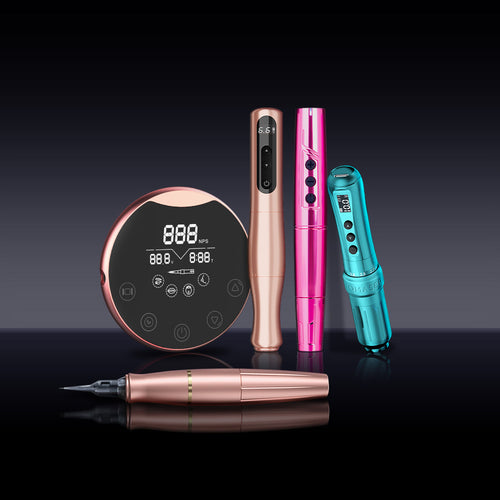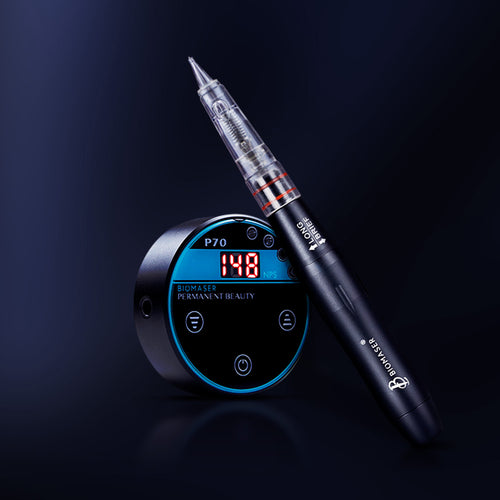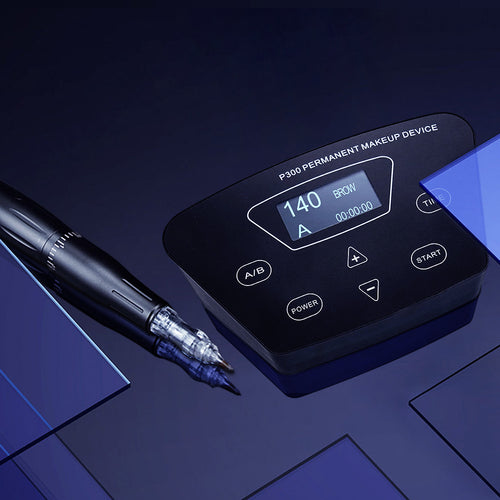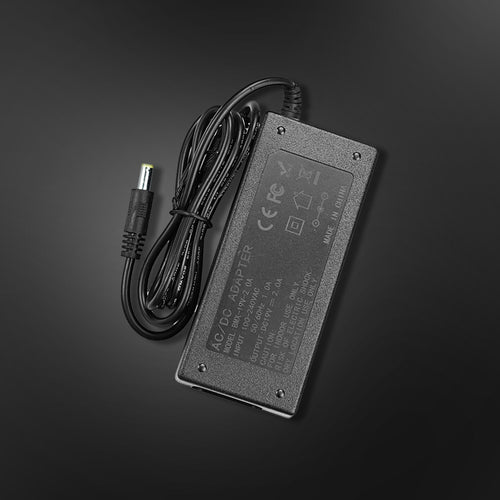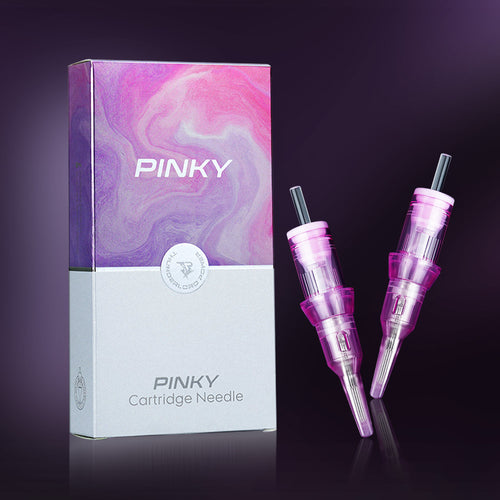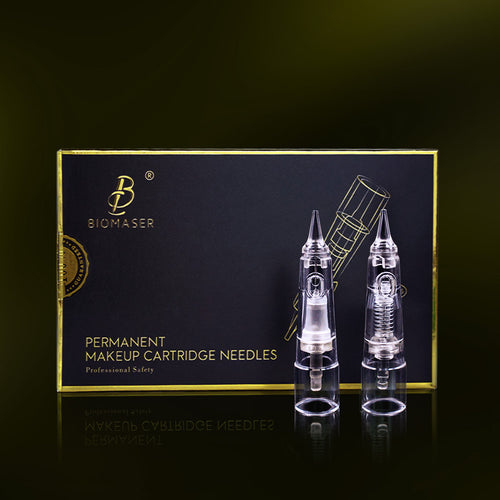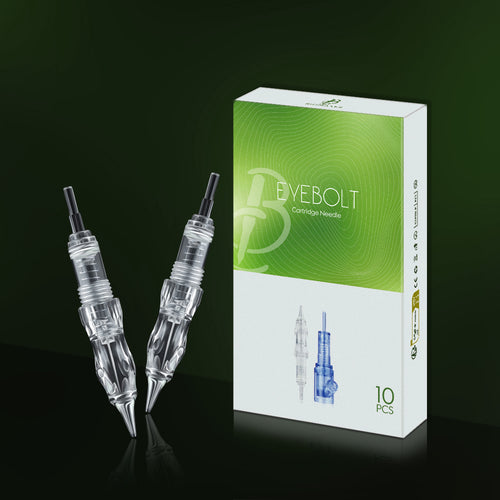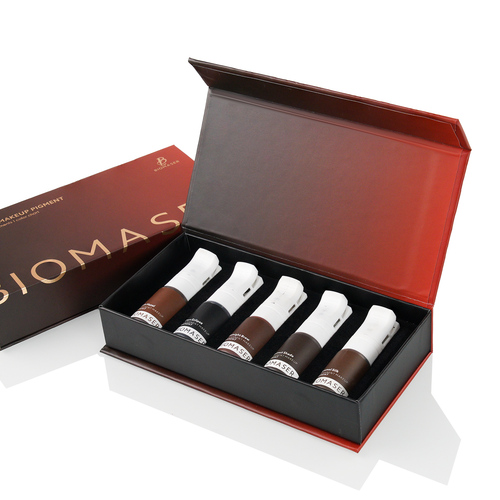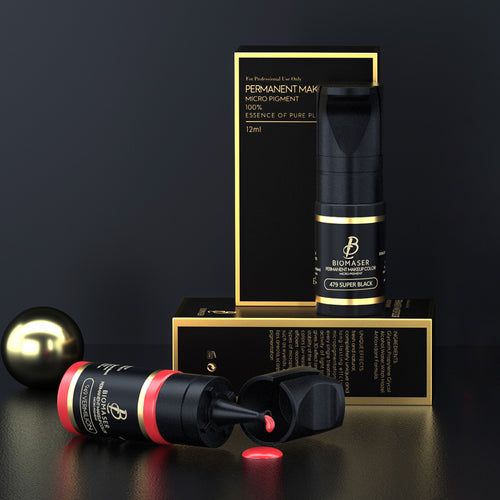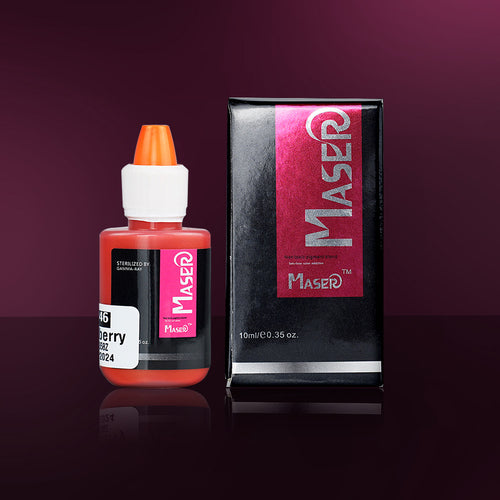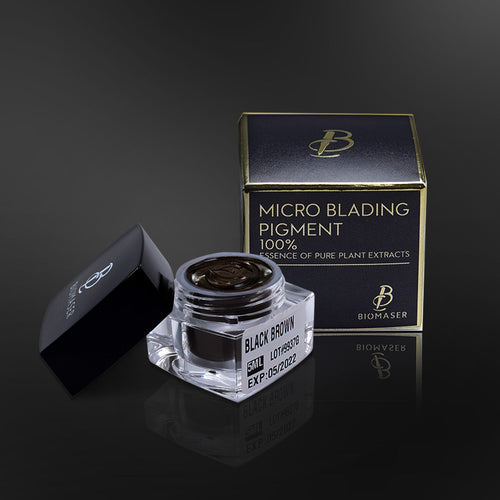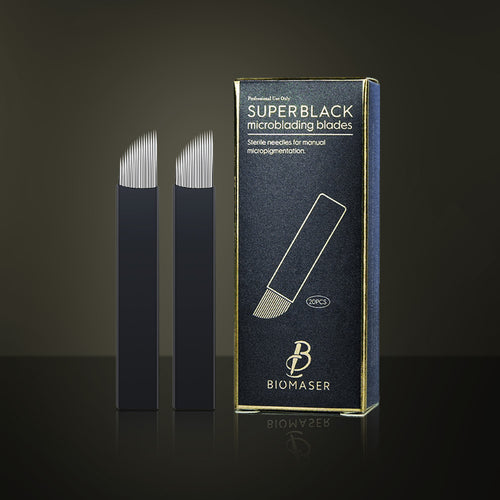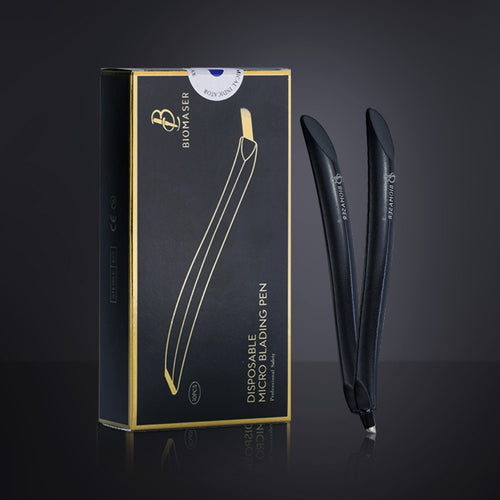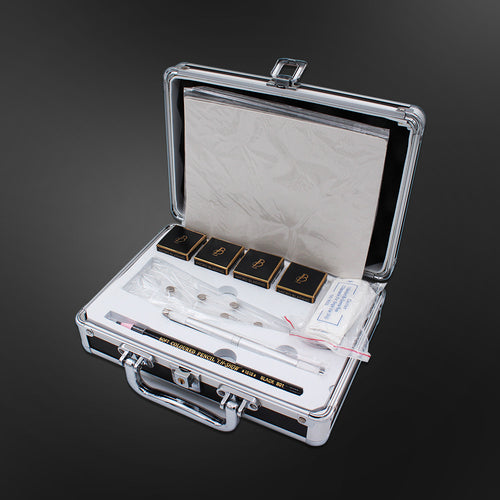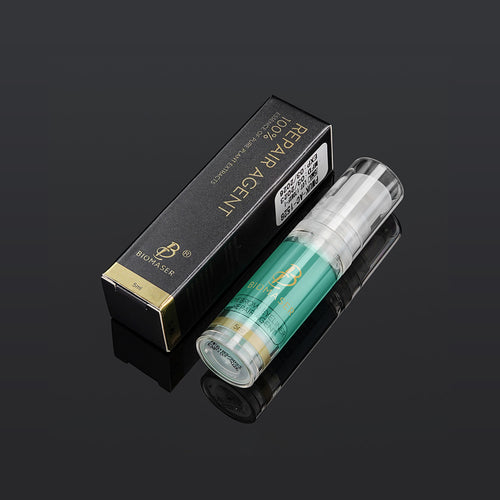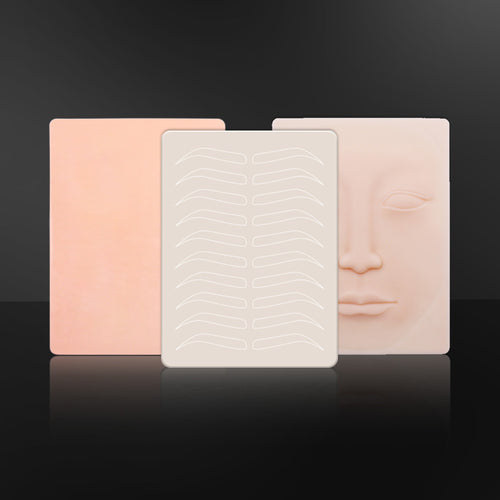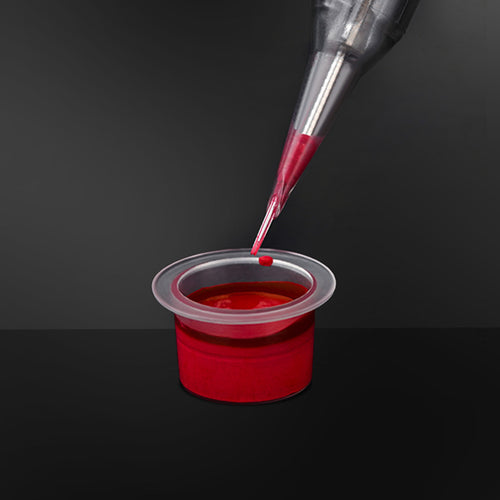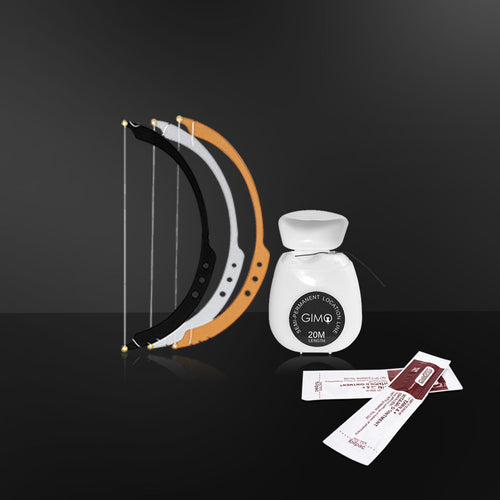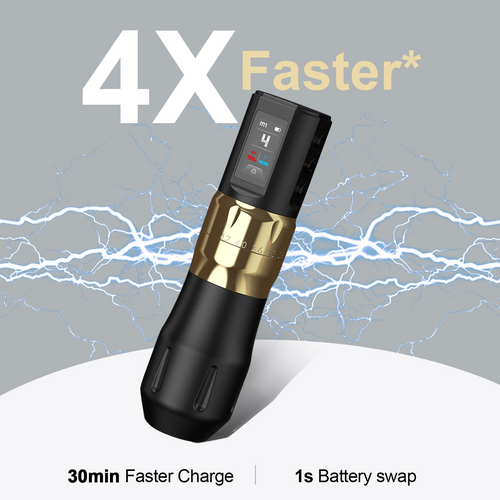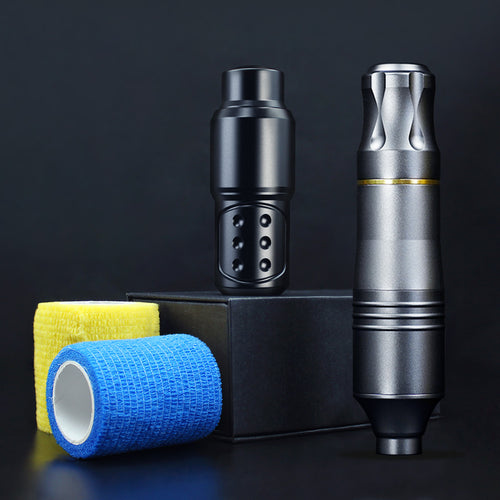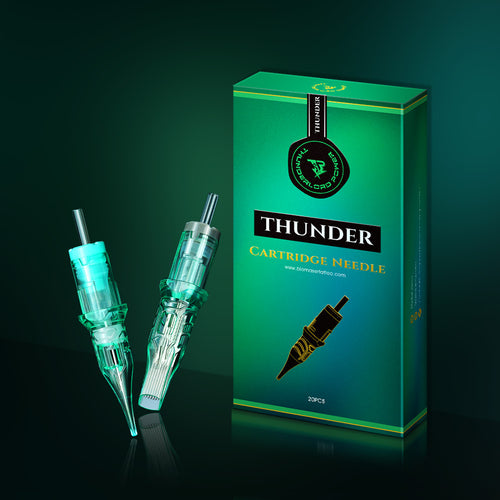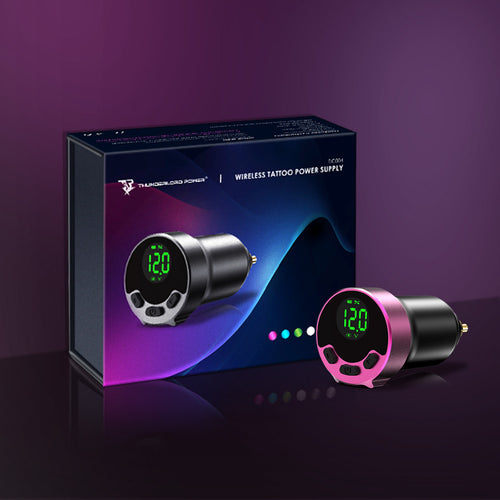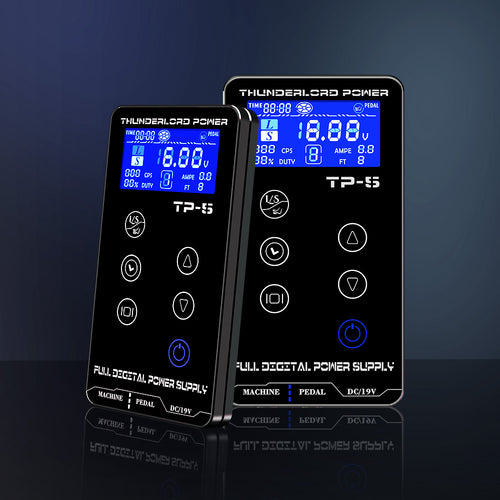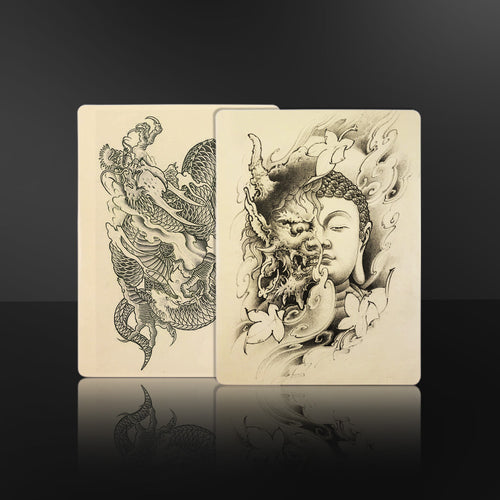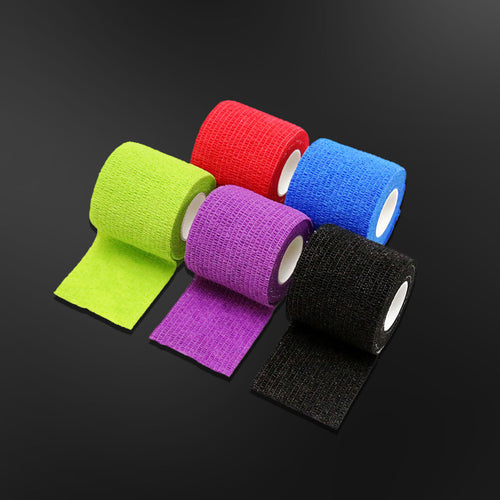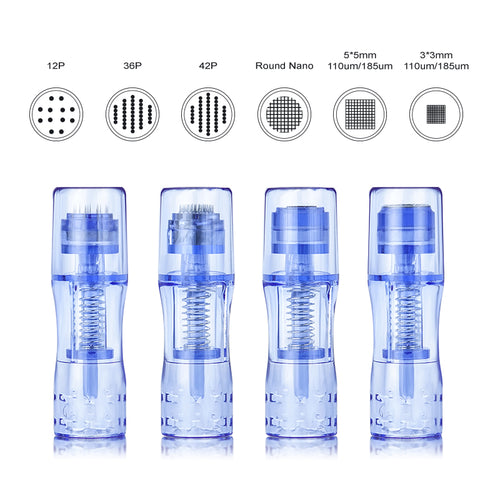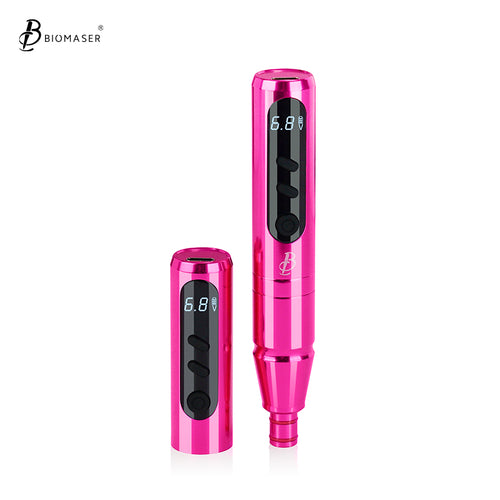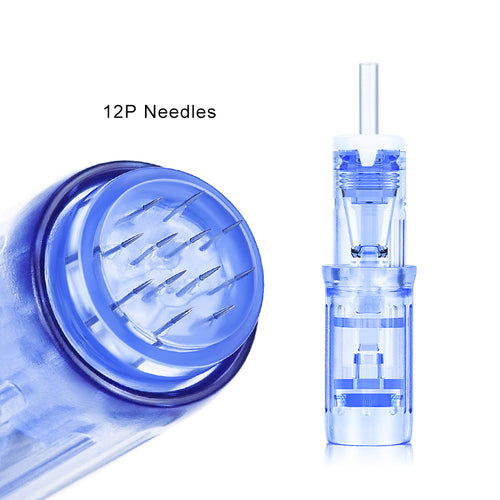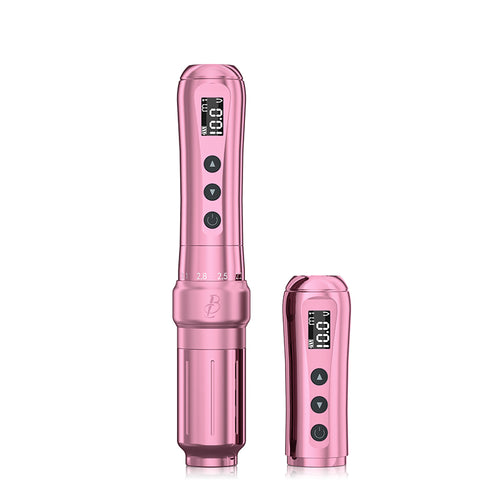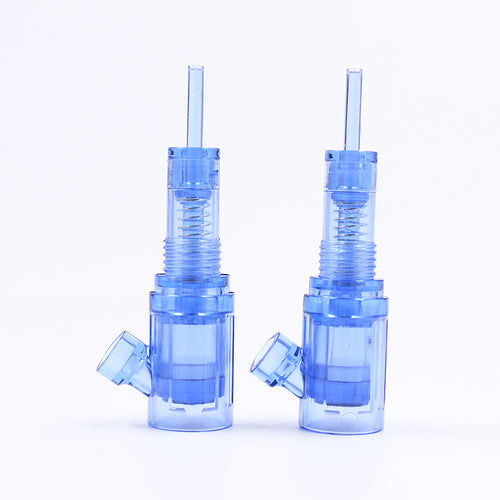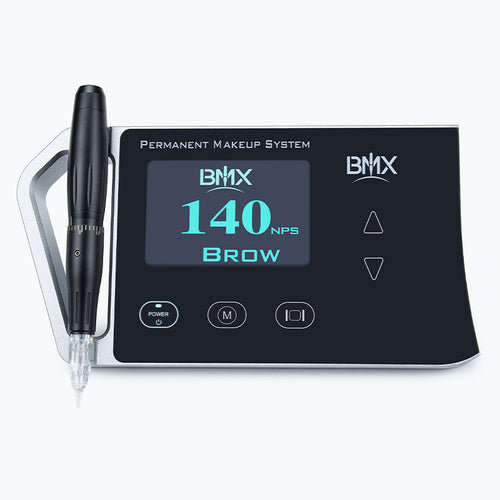Is Permanent Makeup Safe? Exploring Your Top Safety Concerns
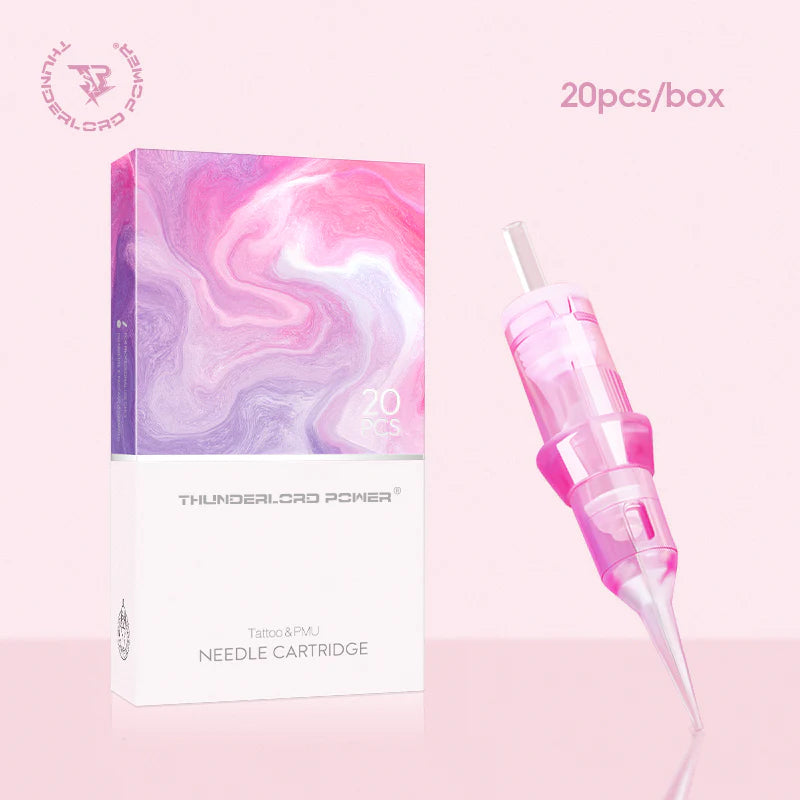
Permanent makeup(PMU) is very popular among people who want to enhance their appearance without having to put on makeup every day. It offers a long-lasting solution for those pesky beauty issues. And like any cosmetic procedures, safety should be the most important concern. This blog aims to explore the safety aspects of permanent makeup, addressing prevalent questions and concerns so that you can make an informed decision.

What Is Permanent Makeup?
Permanent makeup is also known as cosmetic tattooing or micropigmentation. Its process involves implanting pigments into the skin to mimic the look of traditional makeup. The main idea of PMU is to emphasize your facial features in such a way that it will remain intact without daily application. Let's take a look at some popular forms of permanent makeup.
Eyebrow Tattooing
Eyebrow tattooing involves microblading and microshading. Microblading uses a handheld tool, which creates hair-like strokes to give quite natural brows, while microshading is softly filled in and linearly shaded for a soft, ombre-like look, similar to traditional makeup.
Eyeliner Tattooing
Eyeliner tattooing applies pigment along the lash line to create the illusion of fuller lashes. This could be natural or dramatic, saving time in your makeup routine. It is also beneficial for those allergic to traditional eyeliners.
Lip Blush Tattoos
Lip blush tattoos add color and definition to enhance the natural lip shape for a voluminous appearance. Results can vary from soft tints to vibrant shades, depending on your personal preferences.
Beauty Marks or Freckles
Many people add beauty marks or freckles for a bit of extra character to their look. These can be placed in strategic positions to accentuate the features of your face, giving you a unique and personalized vibe that really stands out.

Potential Risks Associated with Permanent Makeup
Even though permanent makeup has many benefits, it's important to think about the hazards associated with these procedures. The following are a few of the most common worries:
Infection
One major risk of permanent makeup is infection. Improper sterilization of tools allows bacteria to penetrate into the skin and cause complications. Watch for signs like redness, swelling, pain, or discharge. Always go to a technician who uses strict sanitation, and makes an effort to minimize this risk.
Allergic Reactions
Allergic reactions to pigments or anesthetics, such as iron oxide and lidocaine, may occur. Symptoms can be itching, redness, or swelling. Always discuss known allergies with your technician and consider asking for a patch test prior to the procedure.
Poorly Done Procedures
Poorly done procedures by inexperienced technicians can lead to unsatisfactory outcomes, such as uneven lines, incorrect shapes, and unsuitable colors. Worse still, it may cause scarring, a permanent concern leading to raised scars or textural changes.
Fading and Color Changes
The pigments used in permanent makeup may fade over time due to exposure to the sun, skin type, and lifestyle. Some colors can even change completely into undesired hues, such as blue or grey.
Removal Complications
If you find permanent makeup is not for you, it could be painful to have it removed. Laser removal and saline solutions are available options, but both carry their own risks and technical difficulties. Thus, be very considerate when you make your decision, as reversing the procedure can be difficult.
How to Ensure the Safety of Permanent Makeup
To reduce dangers and guarantee a secure permanent makeup application experience, use the following tips:
Choose a Qualified Technician
Selecting a qualified technician with relevant experience is critical to achieving a satisfactory outcome. Ask about local professionals. Check online reviews, credentials, and inquire about their training. A good technician should show you a portfolio of work and answer any questions you may have.
Understand Sanitation Practices
Any cosmetic procedure should be subjected to sanitation. Ensure that your technician adheres to a high level of hygiene, using disposable tools and sterilizing equipment. The workspace should be clean and free of contaminants to minimize the risk of infection.
Consultation Prior to Procedure
Consult with the technician before getting permanent makeup. You should make use of this time to explain your expectation and also let her know about your medical history or any allergies you might have. A nice technician will listen to you, explain everything to you, and make you comfortable and ready for the whole process.
Patch Test
You could request a patch test to check for any allergic reactions to certain pigments or anesthetics that are applied. It's a minor precaution but quite useful in fact, as it identifies one's sensitivities prior to the entire procedure and reduces any possible side effects.

Post-Care Instructions for Permanent Makeup
Promoting recovery and avoiding infections requires that you follow your technician's aftercare instructions. Here is a thorough rundown of typical post-care guidelines to assist you in getting the best outcomes:
- Keep the Area Clean: Wash the area gently daily with mild soap and water. DO NOT use harsh cleansers or scrubs.
- Apply Ointment: Use an ointment recommended by your technician to keep the area moisturized after treatments to promote healing.
- Avoid Touching: Refrain from touching, scratching, or picking at the treated area, as this may cause irritation or infection.
- Limit Water Exposure: Avoid soaking the area in water- for example, swimming and hot tubs- for at least 7-10 days. Quick showers are permitted, but avoid direct water pressure on the area.
- Sun Protection: Protect the treated area from sun exposure; use sunscreen, SPF 30 or higher once healed, or wear a wide-brimmed hat in the process of healing.
- Avoid Makeup: Do not apply makeup over the treated area for at least 7-14 days to allow it to heal properly.
- Stay Away from Sweat: Limit intense exercise and sweating for the first week post-procedure to minimize inflammation and risk of infection.
- Monitor for Signs of Infection: Be on the lookout for unusual redness, swelling, or discharge. If you notice any symptoms, it is best to get in touch with your technician or healthcare professional.
- Follow-Up Appointments: Attend any scheduled follow-up appointments for touch-ups or evaluations to ensure everything is healing correctly.
- Be Patient: Keep in mind it will be a few weeks before the final result shows itself, as the pigment needs time to settle into the skin.
FAQs:
1. How long does permanent makeup last?
Typically, permanent makeup might last between one to five years, based on skin type, sun exposure, and your lifestyle. Regular touch-ups may be needed to maintain the color and shape.
2. Can I remove permanent makeup if I change my mind?
Yes, it is removable, but not always easily. Laser removal and saline solutions are just a few options, but each method has its own risks and can require multiple sessions to achieve the results desired.
3. Is it painful?
Pain differs from person to person, and most technicians will apply a topical anesthetic to minimize discomfort during the procedure. Some clients report only minor discomfort, while others may find it more sensitive.
4. What if I have sensitive skin?
If you have sensitive skin, be sure to tell your technician in advance. Your technician might need to recommend certain techniques or products to ensure the process is as non-irritating and safe as possible for your skin type.
5. Are there age restrictions for getting permanent makeup?
Restrictions due to age are based on geographical location, but generally, most places will require parental consent for anyone under 18. Talk about age overtones with your technician.
